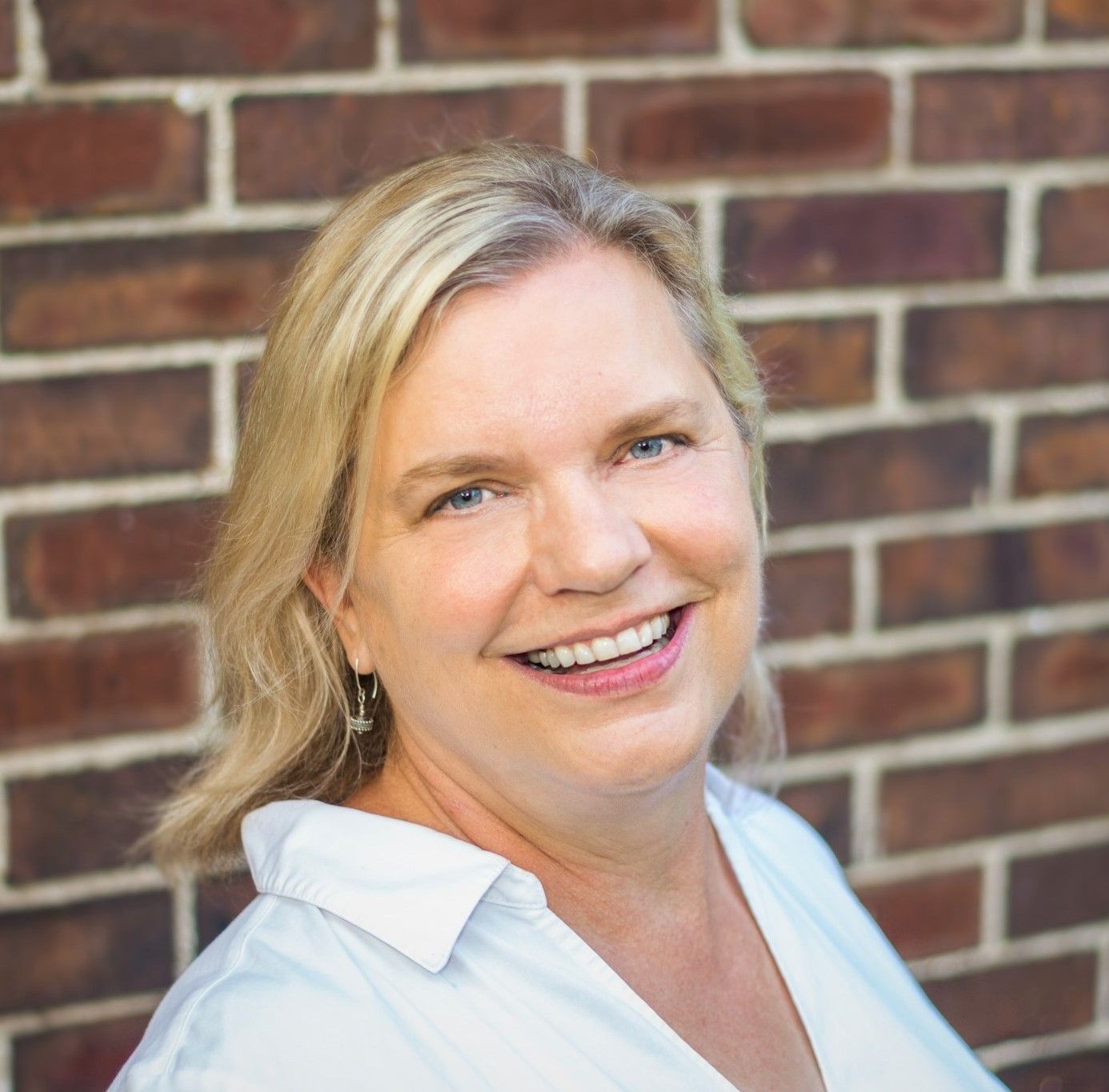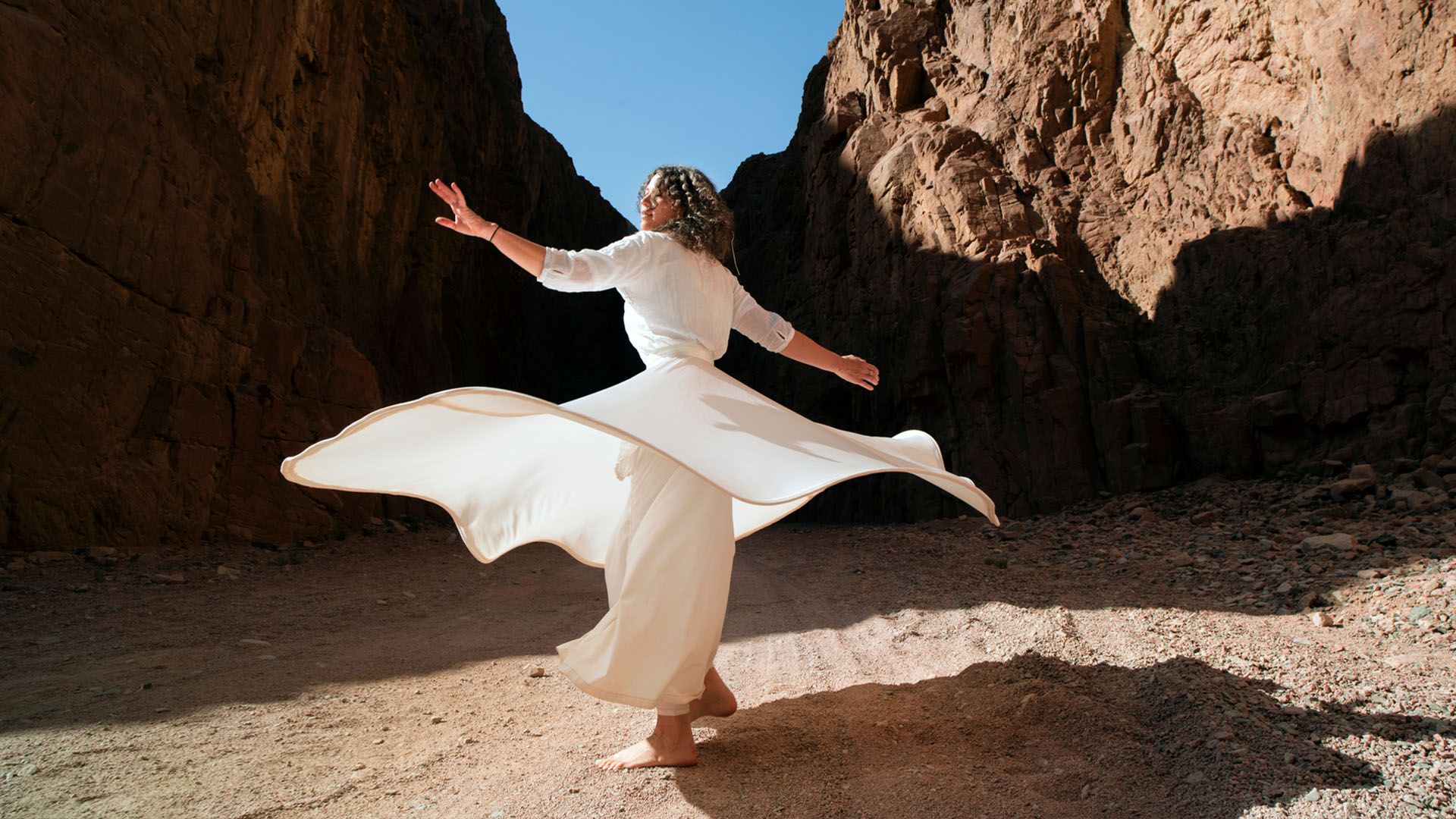So you think you can’t dance? For thousands of years, humans have danced — slowly, gracefully, exuberantly, wildly — to express our feelings and tighten our connection with our tribe. And now, a growing pool of research is providing evidence that this joyful form of movement can offer significant benefits for both your body and your mind. Here are some reasons to give it a whirl.
Dance — in forms from salsa to simply shaking it up in front of the mirror — is the ultimate workout, say enthusiasts. “Dance is a truly comprehensive form of exercise. It’s not just physical. It’s not just cognitive. It incorporates all of our senses,” says Erica Hornthal, a board-certified dance/movement therapist and licensed professional counselor based in the Chicago area. She tells DailyOM, “Dance can be an incredible outlet for our mental and emotional well-being.”
For those of us with two left feet, Hornthal offers encouragement. “Clients will tell me, ‘I used to dance when I was a kid, but I feel so disconnected from my body now.’ But dance can include all kinds of movement. If you simply give your body the space and time to move in a way that feels good, you realize: Oh! I do have the capacity to dance.”
Keep reading to learn why and how to get your groove on.
Why Do We Dance?
We may be hardwired to dance. Research published in the journal Proceedings of the National Academy of Sciences stated that babies as young as 5 months instinctively move their bodies to a beat, smiling more often as they do so. (Want some adorable proof? Check out videos of bopping toddlers on TikTok!)
“Dance is present in human cultures old and new. It is evident in the earliest visual art on rock walls, from France to South Africa to the Americas,” says Kimerer LaMothe, PhD, a philosopher, dancer, and the author of Why We Dance: A Philosophy of Bodily Becoming.
Dance may be one of the early ways we communicated with our tribe. “Dancing connected us to one another in groups, and living in groups improved our odds of survival,” LaMothe tells DailyOM. Today, dancing remains the glue in many group rituals, as you know if you have ever cut a rug at a wedding or bat mitzvah. “Dance and music are universal languages,” says Hornthal.
Interested in learning more? Check out Shakti Warrior Dance for Healing
What Are the Benefits of Dancing?
Today, researchers are homing in on the many benefits of this time-honored activity. Here are a few of them.
Dance Helps You Live Longer and More Comfortably
All forms of exercise offer health benefits. But dance may offer something extra beyond simply pounding away on a treadmill.
For starters, it’s a full-body workout. “Dancing works your body across many different planes, including lateral and rotational,” Sara R. van Koningsveld, a California-based certified dance/movement therapist and clinical counselor, tells DailyOM. “You are moving in multiple directions and dimensions. It’s expressive, not rigid.” You torque your torso, circle your arms in the air, sway side to side. That makes it a workout for all your muscles, boosting your balance and flexibility, to boot.
We all have the capacity to express ourselves through body movement. That is the essential part of dance and one we can all return to.
These benefits help explain why regular dancing may help you live longer. A 2016 report in the American Journal of Preventive Medicine found that moderate-intensity dancing (the kind that gets you breathing hard) reduced the risk of dying from cardiovascular disease more than brisk walking did. (The social benefits of dancing may confer some of the extra protection, the report theorizes.)
Another bonus: Dancing has been shown to help reduce chronic pain. A comprehensive 2022 review of research published in the journal Pain Medicine found 74 percent of the studies included showed a measurable reduction in pain for subjects who danced regularly. Those who got the greatest benefit danced 60 to 150 minutes a week, the review found. Among dancing’s benefits for sufferers: a cheery incentive to move more, the uplift of having fun with others, and improved mood. “Dance should be considered as an effective adjunct in the management of chronic pain,” the report concluded.
Dance Boosts Our Connections With Others
When we dance with others, we literally get in sync with them. “We have mirror neurons in our brains. They give us the capacity to match what others around us are doing and feeling,” says Hornthal. “If I enter into a room where bodies are moving and flowing and people are relaxed and expressing themselves in a joyful way, it’s very likely that I will experience that as well. It’s contagious.” Research suggests that doing things synchronously with others (e.g., walking in step, line dancing) can build feelings of trust and empathy and create a greater sense of well-being.
So when you mix it up in a mosh pit or share the floor in Latin dance, you connect with your fellow dancers in a profound way. As such, it may be a powerful antidote to the epidemic of loneliness and the health risks it confers, experts think.
Dance Is a Workout … for the Brain
It may look like a breeze, but dancing is a challenging task. It requires a number of centers in your brain to work hard and talk to each other, explains LaMothe. Your brain is processing music, planning how to move your hips, monitoring the space around you so you’re not stepping on your partner’s toes, anticipating your next step, laughing with others. Phew!
Studies have demonstrated that dance can build brain connections and may be helpful in keeping you sharp as you age. In one recent study, published in PLOS One, subjects ages 63 to 80 participated in a six-month-long dance program that required them to keep learning challenging new moves. The control group took part in a traditional physical fitness program of the same intensity. Compared to traditional exercise, dancing led to larger volume increases in more brain areas — a sign of improved brain health.
Dance Enhances Our Emotional Health
“Dancing gives us a boost of endorphins — feel-good chemicals,” says LaMothe. One 2021 research review found that dancing significantly reduced depression symptoms, stress, and anxiety, and concluded that adults with these conditions would benefit most from dancing for at least 150 minutes per week.
There is also a growing interest in the idea that we store trauma and difficult emotions in our bodies. “Dance provides us with a medium for navigating and releasing emotions. Fear, anxiety, anger, grief — those four in particular — can get stuck in our bodies,” LaMothe says.
As a dance/movement therapist, Hornthal uses dance as part of her work with clients. “A client might come in saying they are feeling really angry, for example. We might choose a song that lets them express that and let it out physically,” she says. “When we start to engage our body in new ways of moving, we access emotions that may be buried pretty deep.”
How to Get Started Dancing
Yes, you should be dancing!
We may be born to dance, but somewhere along the way, many of us get the message that we are bad at it or dismiss it as not for us. “Don’t compare yourself to the prima ballerina at the Joffrey,” says Hornthal. “We all have the capacity to express ourselves through body movement. That is the essential part of dance and one we can all return to.”
Choose Your Music
“Music is an invitation,” says Hornthal. Find a piece of music that you connect with, she suggests. “It could be a waltz. It could be classical. Maybe it’s reggae. Just invite your body to move to the music.” Start small if you need to. “Remember, even a tap of the toe is a dance move!” Hornthal reminds us.
Dance Like Nobody Is Watching
“I encourage clients to have a private dance party, alone,” says van Koningsveld. “Close the curtains, lock the door, close your eyes. Move in any way you want. There is no right way.”
Focus on a Foot
“One activity we do in dance therapy is called the body part dance,” van Koningsveld explains. “Move one part at a time mindfully. Start with your right foot. What can it do? Can it move in circles? Can it move in lines? Have fun: Can you write your name with your nose? These simple moves can help us to build body awareness.”
Dance Your Way Through the Day
Toni Bergins, founder of the conscious dance form JourneyDance, insists you can turn any space into your own dance floor, no matter where or how small. “Make the kitchen your favorite place by creating a cooking and cleaning dance mix. Make driving more fun by doing a little chair dancing. If you’ve forgotten how, grab the hits from your childhood era and boogie,” she suggests.
Enjoy a Performance
“Research shows that simply watching dance can evoke strong emotions,” says Hornthal. (It’s impossible not to smile watching videos of the Hines Brothers visit Sesame Street or be moved to tears seeing the brilliant Misty Copeland perform ballet.) One place to start: Check out the offerings of the annual International Dance Day, this year slated for April 29.
Try a New Form
Already a ballroom dancer? Mix it up, suggests Hornthal. “Try an African dance class or take a hip-hop class. There are so many different ways to move! The more ways you move, the more you build your body’s vocabulary.”
LaMothe, a modern dancer by training, loves experimenting, too. “I dance every day. I am always playing with movement. Dancing is getting in touch with the spontaneity inside ourselves. I dance to be transformed.”

